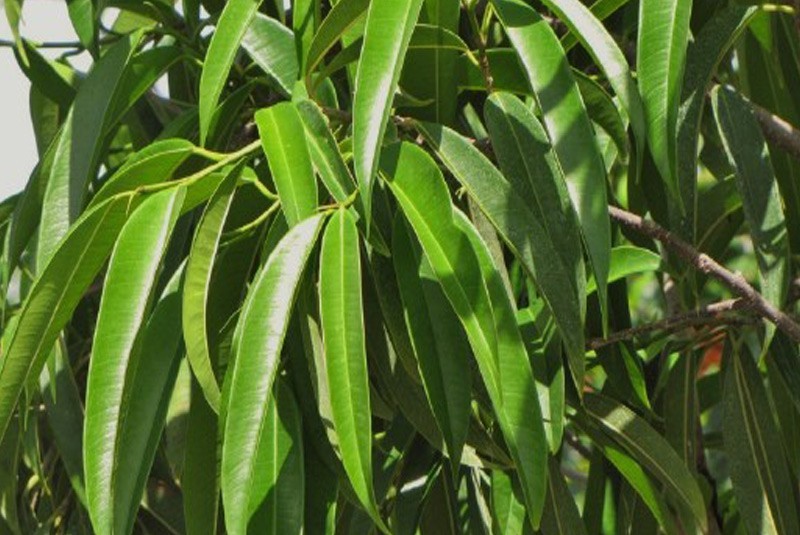Home types of ficuses. Care, illness, transplant.
Content
- Reproduction of ficus
- Video: Reproduction of ficus
- How to transplant ficus correctly?
- Video: transplant ficus
- How to water ficus?
- Video: Benjamin Ficus Care, Watering
- Why does Ficus drop the leaves?
- Ficus leaves: fungal, parasitic. Pests of ficus
- Video: pests of indoor plants powdery worm
- Video: ficus - choice, cultivation, care.
Ficus is very beautiful, an eternally green plant. Simple in care. Very beneficial effect on the microclimate of the room.
Varieties of ficus
Varieties of ficuses, according to various information, there are from 800 to 2000
About 20 species are grown at home.
Consider some types of home growing this tree.
Mountain Montana

Small -leaved ficuses of Indochinese origin, requiring constant humidity and air. They look beautiful in the suspended pot. If in pots, then in conjunction with higher plants, like decorative grass
Bottle.
Originally from California and Mexico. They acquired their name due to the bottle shape of the barrel. Which is necessary for the accumulation of moisture, which is a rarity in hot climatic conditions.
Sacred

It was called due to the property of the leaves when atmospheric pressure changes to secrete liquid. And according to the ancient giving Buddhists, it is believed that it was under this tree that Prince Gaud was transformed into Buddha.
It has a heart-shaped, large bluish-green leaves, with a white strain in the middle of the oralum, 20 cm long. It clings to the ground tightly with numerous roots that go out, in the form of supports. A native of India, Thailand, China, Taiwan. Height at home 30 meters
Triangular (triangularis)

The length in nature is 30 m. Fruit with plentiful siconies of yellow or green. Which have a spherical form
Benjamin

- The most common view of lovers of lovers. The leaves are small. Grows like a tree up to 2.5 m high. Depending on the variety, the leaf has the shape of an egg with sharp ends or a spiral shape
- Color or plain, or two shades. It has the roots of support, which, with skillful decoration, take a beautiful wicker barrel
- The plant is not whimsical in care. It lends itself well to pruning. This is why it is very well suited for many interiors
Banyan (Bengal)

- Ideal for small rooms. The source of the emergence is the countries of Southeast Asia
- It has a kind of crown, forming, as if from many trunks. With the growth of the barrel, roots are formed on it. Some, having not received moisture drying out. Survivors form a new barrel, which over time also lets off shoots
- Gradually, the ficus grows in breadth. The sheet has an ovoid or oval shape. Siconia forms during flowering. Round balls of orange color. The diameter of which is not more than 3 cm
Binnnesitsa

Ginseng (ginseng)

Refers to the type of bathhouse. A beautiful volumetric crown is formed at the expense of numerous lateral roots. Leaflets of slightly pointed shape. The foliage is updated every three years.
Rubberous (elastic)

The crown has a glossy surface of a gray-green color. A leaf of elliptical shape with slight pointing. Yellowish-green spherical form of synconia is formed with sufficient humidity.
Rooting (dwarf)

Rustarine (Rubiginosis)

The leathery green leaves of this plant on the back have orange fluffs. From here comes its name. Large sheets up to 25 cm. The young plant has red shoots. The root system is formed in the lower part of the crown.
Retuza

The thick bizarre shape of the barrel is used to grow Bansai. Other names of the Cuban ficus or bay tree. A sheet of oval shape with a pointed tip. The leathery structure of dark green color. Reddish spots on the crown help the air exchange of the plant.
Dive -leaved

Pumila White

Creeping

Painty

A funny plant that needs to be weaved on some surface. The leaves of the plant of the yellowish color have a three -blade shape. Are located along the entire length of the thin barrel.
Parcella

Melanie

Another sacred tree. Originally from Indonesia. The young tree has not a branched crown. Over time, air roots grow, which, when contacting the ground, form baths. Do not have flowers, they form syconiums that distinguish the poisonous juice. The leaves are dark green epileptic shape, with a pointed end.
Lyrovoid

Thanks to the similarity with the instrument, it got its name. Originally from tropical Africa. There are no air roots. The leaves are glossy, slightly wrinkled. Wavy around the edges. In the center, clear veins with branches. It has green syconia in white specking.
Karika (indoor figs)

Dracaena

A high tree -like plant reaching 3 meter heights. At the top of the tree, a voluminous crown is formed, consisting of thin, elongated leaves. After the discharge of which, in the trunk, the zabins form on the trunk.
There are many varieties of such a ficus. They differ from each other with a variety of shades of the crown
Deltoid (variegated)

The sheet has a variety of appearance and size. The leathery leaves are slightly convex. The surface of the bark has a brown-gray color. The crown wriggles well.
Home

- The flower is very vitality and unpretentious
- It tolerates partial shade
- The most comfortable temperature is 20-22 degrees
- During the period of increased growth in the spring-autumn seasons, we moisturize the Earth well
- In this case, the excessive residue of water in the pallet can lead to decay of the roots
- In winter, we reduce watering to once every 7-10 days
- Feeding is carried out during active growth every two weeks. We use any natural fertilizers containing nettle infusion, wood ash, humus. Or we purchase ready -made in specialized stores
- Sometimes there is a slight growth of the plant in winter, in this case you can feed it a little
Reproduction of ficus

Reproduction of ficus at home
- The ficus is propagated by cuttings
- Which is desirable to produce in spring or summer
- Cut the top of the stem with three pairs of leaves, 7-10 cm long
- Remove the lower leaves
- We plant in a small pot with the ground mixed with sand
- Water
- Cover with polyethylene. Optimum roof formation temperature 25 degrees
- After the first roots appear in one two weeks
- We plant in a small pot, with a diameter of not more than 15 cm
- The first two three days we cover with polyethylene
- It is possible to carry out propagation with cuttings in water, in the same way
Video: Reproduction of ficus
How to transplant ficus correctly?

- We transplant ficus in late February, early March
- Young-year
- Adults - every two, three years
- The old time every five, six years
- When transplanting, the pot is increased not 3-5 cm. Ficus prefers close pots
- To transplant too large trees, so annually we change 3 centimeters of the soil. Singing minerals
Transfer:
- A day before the transplantation, water the tree
- We lay the newspaper on the table
- Put a pot with a ficus
- Click on the sides
- Gently pull out ficus with the ground
- On the bottom of the pot is more than the previous one, lay out a drainage layer of 1-2 cm
- Lay out the ground with the addition of sand or perlite
- Put an earthen lump with a ficus without bending the roots
- We fall asleep with an earthen mixture
- In a new pot, the plant should be at the same height as in the previous
- With a large tree size, when the roots grew a pot or for other emergency reasons, we make a direct, ordinary transplant, but only when fORS MAGOOR
Video: transplant ficus
How to water ficus?

- Ficus loves comfortable watering
- Incomplete and overflows destroy this plant equally.
- Water it, when the soil dries, 3.5-7 cm deep
- We do not allow the rest of the water in the pallet. If there is drain
- We water the watering with soft water, settled during the day
- We carry out spraying with water leaves necessary for any tropical plant, a connoisseur of wet air
Video: Benjamin Ficus Care, Watering
Why does Ficus drop the leaves?

The most common reasons
- Excessive watering. As a result of the soil waterlogging, the roots are rotten. Leaves dictate and fall
- Change of space. Ficuses do not tolerate rearrangements. Any movement leads them to discomfort. For this reason, leaf fall begins
- Lack of lighting. For this reason, growth slows down and leaves
- Low temperature, draft and excessive top dressing can also cause the leaves discharge
For tree ficuses, the discharge of foliage from the lower branches is logical over time
Ficus leaves: fungal, parasitic. Pests of ficus
Ficus fungal diseases

Currently. It manifests itself in the form of small dark spots, from the wrong side of the sheet. Leads to baldness of the crown. It is fraught with the death of the plant.
Anthracnosis.The trunk and leaves are struck by weeping rusty spots. The result may be the death of the barrel crown with the subsequent dying of the tree
Parasitic
With non -conscientious care on the ficus, they may appear:
- Spider mites. Are formed in the form of a white web between the leaves
- Shields. Are black bugs with a hard shell
- Mealybug. Appears on old plants in the form of cotton white lumps on the leaves or on the ground after watering
- Aphids, nimble pollings They can also settle next to the tree

Video: pests of indoor plants powdery worm
Despite the unpretentiousness of Ficus, he requires certain attention.
Before you get such a plant, we get acquainted with information about each type of flower. Choose the most suitable for the interior and content conditions.







